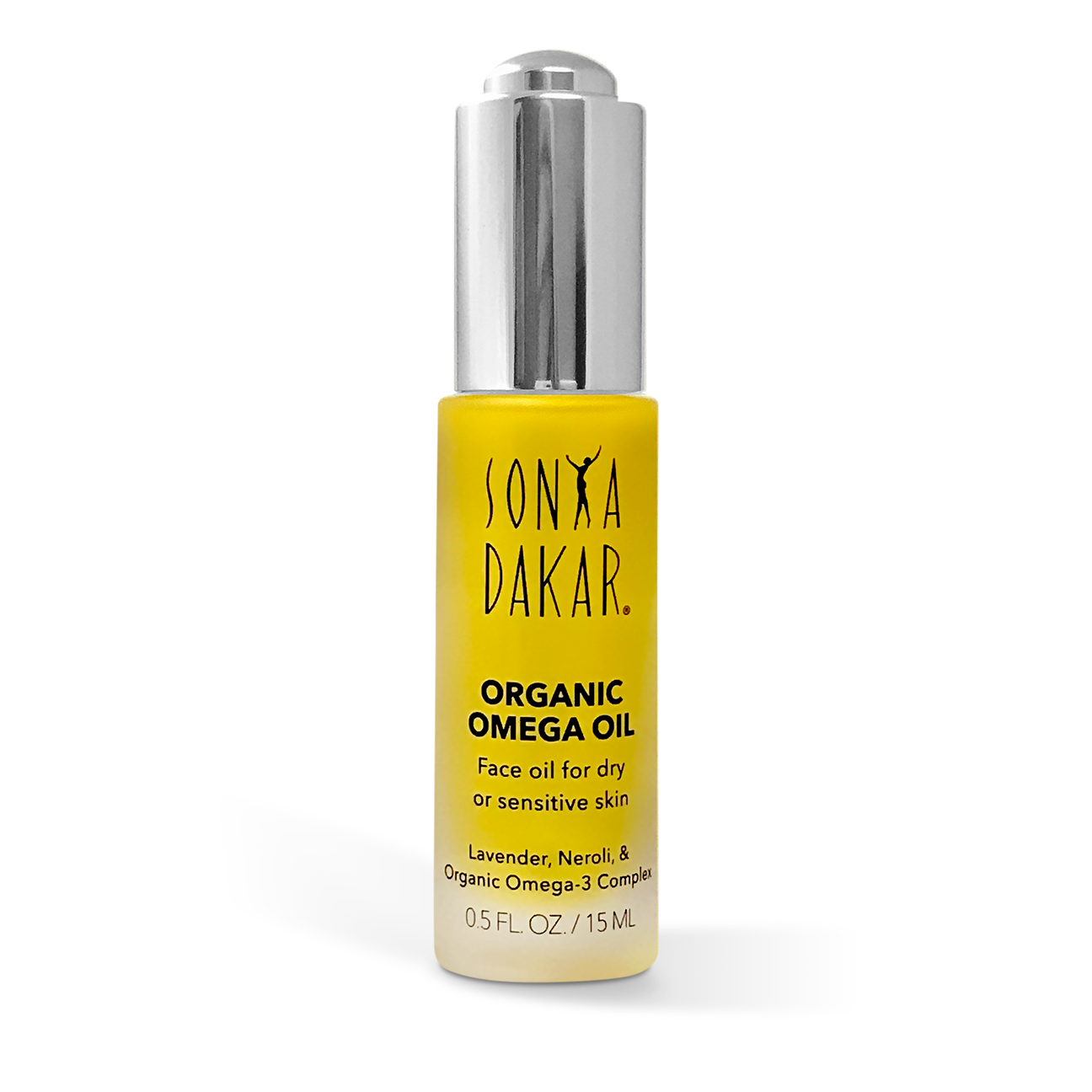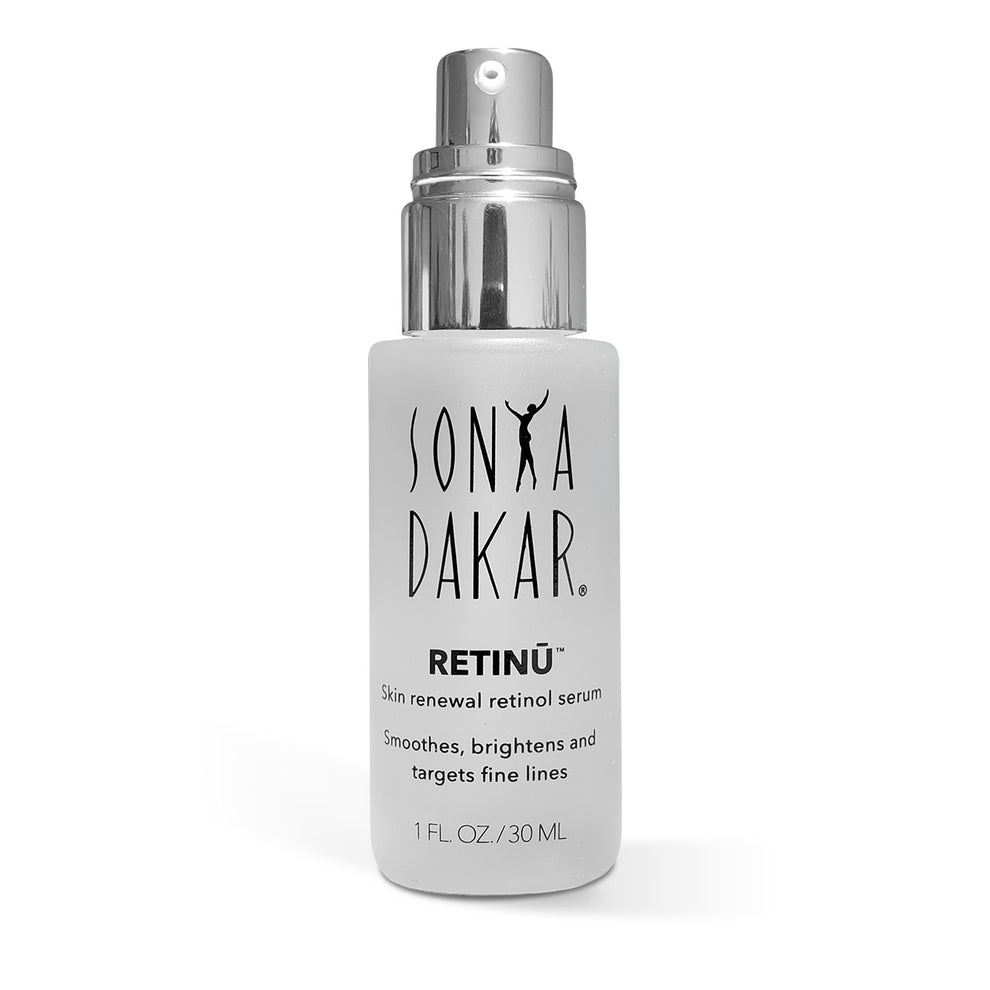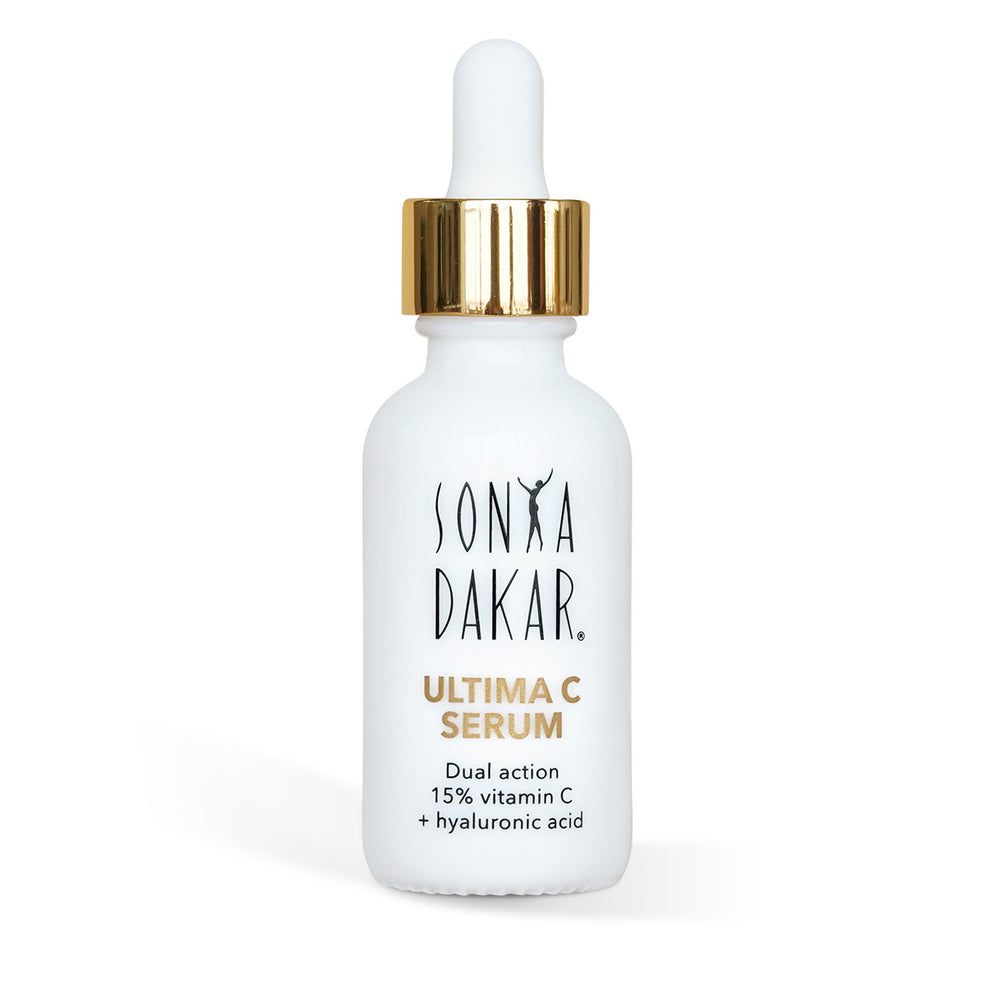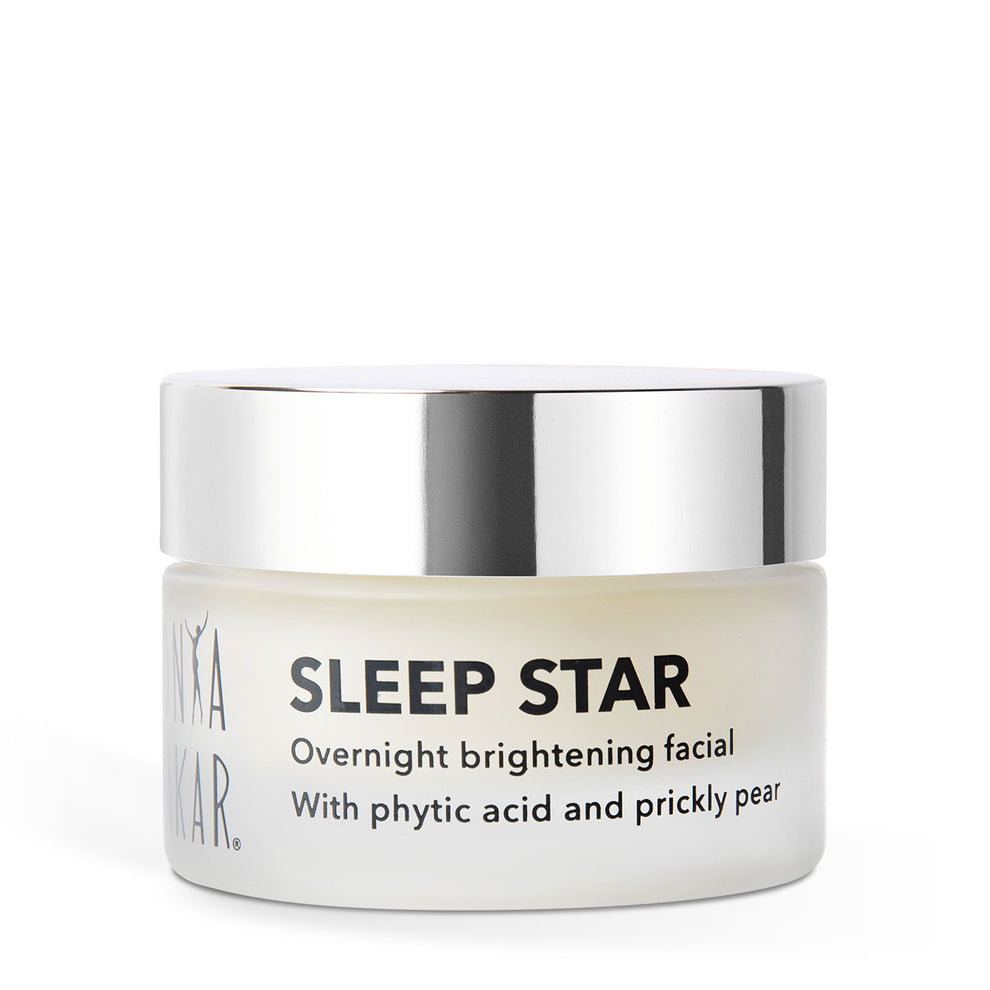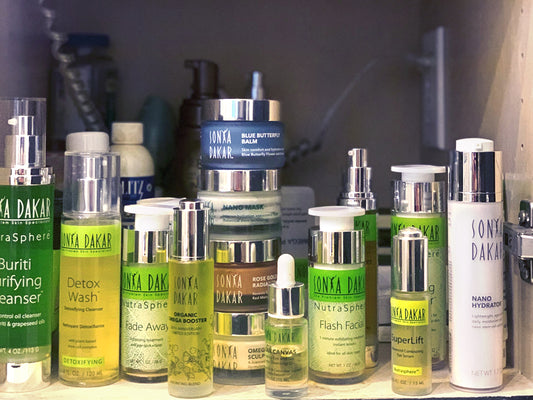
How to brighten skin and remove dark spots
In the beauty world, chasing that perfect, spot-free glow is more than a routine—it's a personal quest. Dark spots and hyperpigmentation? They're not just random imperfections; they're like secret codes our skin is trying to decipher. This isn't about quick fixes or fleeting trends. It's about diving deep into the heart of skin care, marrying the best of science with the wisdom of the ages. Here, we’re not just talking treatments; we’re talking transformation. Let’s start this journey together, shall we?
Understanding Dark Spots and Hyperpigmentation
Diving into the world of dark spots and hyperpigmentation is like peeling back the layers of a story that our skin has been writing over the years. It's not just about blemishes that appear out of nowhere; it's about understanding the whispers of our skin and the tales they tell of sun-drenched days, hormonal ebbs and flows, and the marks left by fleeting encounters with acne.
What Causes Dark Spots?
At first glance, dark spots might seem like unwelcome intruders, but they're actually signs that our skin is protecting itself. Picture this: every time we step into the sunlight without protection, our skin goes into superhero mode, producing melanin to shield us from UV damage. It's this very melanin, though, that can overstay its welcome, leaving behind a souvenir in the form of dark spots. Then there's the saga of our hormones, particularly during moments like pregnancy or when we're in the throes of hormonal treatments, which can lead to melasma—a form of hyperpigmentation that's like a map of our internal changes, writ large on our faces.
The Impact of Skin Type on Hyperpigmentation
Our skin type plays the leading role in this narrative. Those with oilier complexions might find themselves more prone to post-acne marks, a tale as old as time, where dark spots linger long after blemishes have faded. Meanwhile, drier skin types might narrate a different story, one where age spots quietly emerge, telling tales of years gone by and wisdom gained.
The Science of Skin and Light
Here’s a plot twist: not all dark spots are created equal. Just as our skin writes its unique stories, the way it interacts with light—reflected in the Fitzpatrick skin typing system—means that treatment and prevention strategies need to be just as personalized. Understanding this can be our compass, guiding us towards skincare choices that respect our skin’s individual narrative. In this journey of understanding, it's clear that dark spots and hyperpigmentation are more than mere surface issues. They are deeply intertwined with our skin's history, health, and its interaction with the world around us. By listening closely to these stories, we can learn not just to treat our skin, but to honor its journey, embracing a path to radiance that’s as informed as it is personal.
How to Fade Dark Spots on Your Face
In the journey to reclaim a spotless canvas, our skincare arsenal brims with ingredients heralded by dermatologists for their brightening prowess. Among these, retinol, niacinamide, vitamin C and phytic acid stand out as beacons of hope, each offering a unique pathway to a radiant, even-toned complexion.
Retinol - The Royal of Radiance
Retinol, a derivative of vitamin A, stands as a cornerstone in the realm of skincare, celebrated for its profound ability to rejuvenate and transform the skin. This potent ingredient accelerates cellular turnover, shedding the outermost layer of skin to reveal a fresher, more radiant complexion beneath. This process is crucial for fading dark spots, as retinol helps to rapidly diminish the pigmented cells that contribute to uneven skin tone. Additionally, retinol stimulates collagen production, enhancing the skin’s elasticity and reducing the appearance of fine lines and wrinkles. Its effectiveness in targeting hyperpigmentation lies in its dual action: not only does it expedite the removal of dark spots, but it also prevents new ones from forming by inhibiting melanin production. This makes retinol an invaluable ally for those seeking to achieve a clearer, more even-toned complexion. Its transformative effects on the skin's texture and appearance have solidified retinol's status as a go-to solution for combating dark spots and aging signs alike.
Vitamin C: The Antioxidant Ally
Parallel to niacinamide’s narrative is the story of vitamin C, an antioxidant powerhouse renowned for its skin-rejuvenating properties. As outlined by Harvard Health, vitamin C is not just a dermatologist favorite for its anti-aging benefits; it's a crucial warrior against dark spots. By thwarting the production of pigment, vitamin C ensures that dark spots don't stand a chance, while also safeguarding skin from the oxidative stress of free radicals, which can exacerbate skin aging and uneven skin tone.
Niacinamide: A Beacon of Brightness
Niacinamide, a stalwart in the fight against dark spots, is celebrated for its ability to even out skin tone and improve overall radiance. According to Cleveland Clinic Health Essentials, this versatile vitamin is a champion of skin brightness, with studies showing that formulas containing 5% niacinamide can significantly lighten dark spots. It’s a testament to the ingredient’s efficacy that it not only brightens but, when used in concert with retinol, can reduce the twin challenges of dark spots and fine lines, making it a cornerstone of any regimen aimed at achieving a luminous complexion.
Phytic Acid - Fighting Dark Spots
Phytic acid, a lesser-known yet powerful ingredient in the skincare world, is derived from the bran portion of grains and seeds. This natural antioxidant is a type of phytochemical known as an inositol phosphate, which holds a treasure trove of benefits for those looking to brighten their complexion and fade dark spots. Phytic acid works its magic by inhibiting the enzyme tyrosinase, which is essential for the production of melanin in the skin. By blocking this enzyme's activity, phytic acid effectively reduces the formation of new pigmentation, gradually diminishing the appearance of existing dark spots and promoting a more even skin tone. Its gentle nature makes it suitable for all skin types, including those with sensitive skin, offering a milder alternative to other acids like glycolic or salicylic acid. Moreover, phytic acid boasts antioxidant properties that help protect the skin from oxidative stress and environmental aggressors, further preventing the formation of hyperpigmentation. Its ability to enhance skin texture and promote a luminous, even-toned complexion explains why phytic acid is becoming a coveted ingredient in the pursuit of flawless skin.
Synergizing for Brightness
The strategic layering of niacinamide and vitamin C in your skincare routine can create a synergistic effect, enhancing the efficacy of each. Start with a vitamin C serum in the morning to harness its antioxidant power and protect against daytime environmental aggressors. In the evening, let niacinamide take the spotlight, working overnight to repair, brighten, and minimize dark spots. Remember, though, to introduce each product gradually to your skin, ensuring compatibility and minimizing the risk of irritation. Embracing Consistent Protection No brightening journey is complete without the vigilant application of sunscreen. It's the unsung hero that prevents the darkening of spots while you’re using niacinamide and vitamin C to lighten them. Opt for a broad-spectrum SPF of 30 or higher, reapplying every two hours during sun exposure to shield your progress from being undone by UV rays. Cultivating Patience and Persistence Embarking on this path to diminish dark spots requires a blend of patience and persistence, akin to nurturing a garden to bloom. By integrating niacinamide and vitamin C into your daily skincare regimen and coupling them with diligent sun protection, you're setting the stage for a gradual, yet transformative journey towards a brighter, more even-toned complexion. Through this meticulously curated approach, blending the science-backed benefits of niacinamide and vitamin C, we not only aim to fade dark spots but also to embrace a skincare narrative that’s rooted in understanding, care, and a commitment to long-term skin health.
Effective Dark Spot Treatments for Every Skin Type
Navigating the realm of dark spot treatments requires a map tailored to the diverse landscape of skin types. What works for the desert of dry skin may not for the lush terrain of oily complexions. Yet, in this diversity, lies the beauty of personalized care—a concept that, while not new, is often lost in the one-size-fits-all solutions flooding our feeds. >
For the Dry and Delicate
Those with dry skin might find sanctuary in treatments that pair efficacy with emollience. Products infused with hyaluronic acid or squalane offer a dual benefit: targeting dark spots while enveloping the skin in a cocoon of hydration. Gentle exfoliants, like lactic acid, work to unveil fresh, spotless layers without invoking the wrath of dryness.
Oily Skin: Balancing Act
Oily skin types tread a fine line between combating hyperpigmentation and managing sebum production. Salicylic acid emerges as a hero, adept at clearing pores while fading spots. Niacinamide, too, plays a pivotal role, regulating oil while brightening. These ingredients, when woven into a skincare regimen, create a balance that neither strips nor overwhelms.
Combination Skin: The Middle Path
For those navigating the mixed terrain of combination skin, the journey involves striking harmony. A lightweight vitamin C serum can brighten without burdening the skin. Pairing it with a non-comedogenic moisturizer ensures hydration reaches where it's needed, without exacerbating oily zones.
Sensitive Skin Souls
Sensitive skin demands a script of caution. Mineral sunscreens, with their physical rather than chemical barriers, prevent dark spots without irritation. Spot treatments with azelaic acid offer a gentle yet effective approach to fading discoloration, reducing the likelihood of inflammatory tales. In each of these paths, the key lies in customization—listening intently to the skin's whispers and responding with choices that respect its unique narrative. By doing so, we not only treat dark spots but honor the individuality of our skin, leading to solutions that are as effective as they are personal.
And there we have it, friends—a journey through the realms of brightening, treating, and protecting your skin from dark spots. Remember, your skin’s story is uniquely yours, and finding the right care routine is like piecing together a puzzle that fits perfectly for you. Be patient, stay curious, and embrace the adventure of uncovering your skin's natural radiance. Here's to glowing skin and the confidence that comes with it.
